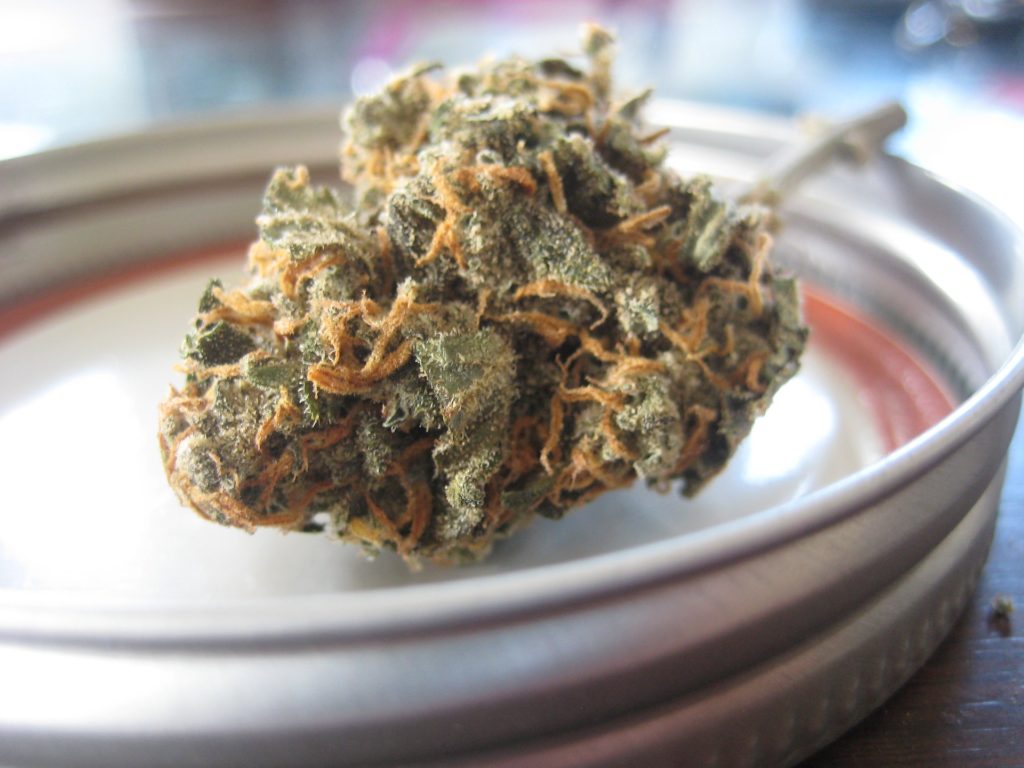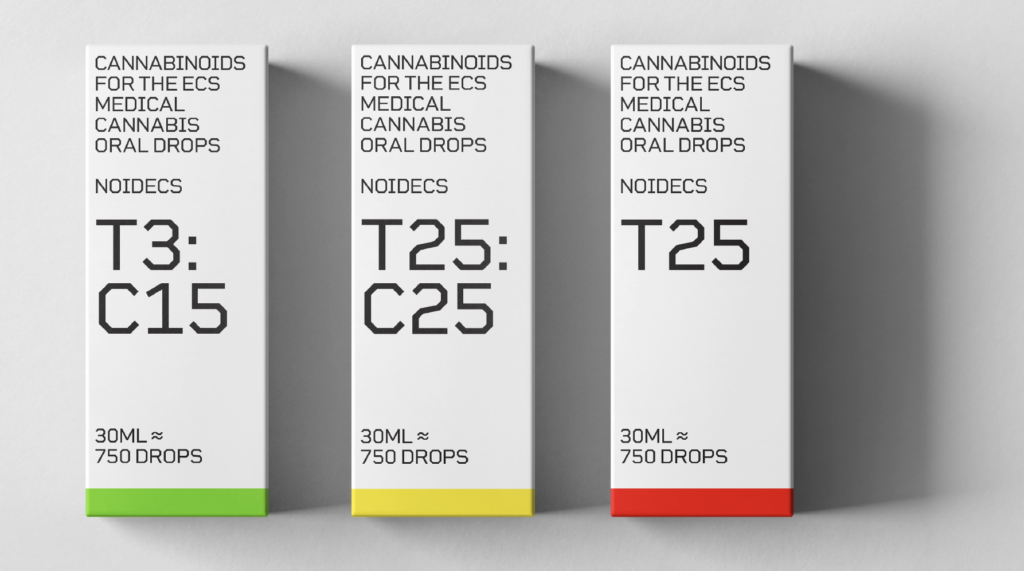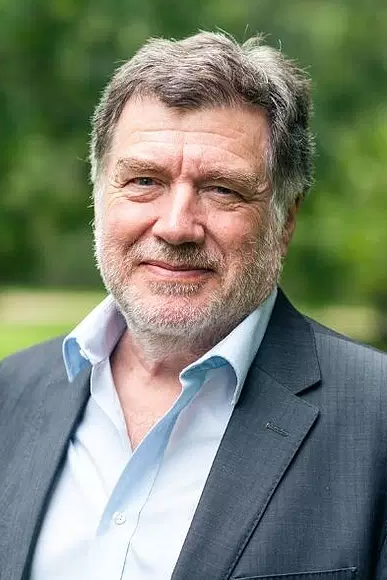As Europe embraces medicinal cannabis the continent’s prescribing landscape is developing different characteristics to that of the US.
AFTER picking up their script from a health professional US medical cannabis consumers pop down to their local store for a chat with the bud tender on the best flowers and cannabinoid combinations to treat their condition.
However, in the UK and the rest of Europe, it is the prescriber who will determine which products best suit the patients’ need.
Many of the UK private medical cannabis patients still inhale their medical cannabis – smoking a joint or vaping flowers.
However, as more cannabis ‘naïve’ patients discover the benefits of the once-prohibited medicine this is changing with the picture increasingly becoming a pharmaceutical one.
Flowers To Lose Their Dominance
Avihu Tamir, Founder and CEO of LSE-listed medical cannabis business Kanabo, is actively delivering this change.
“I think that for the next two years, flowers will still be the significant chunk of the of the market. It’s not going to be 80% like today, but it will be north of 50%.
“You will see a movement from the flowers to alternative products. And it depends when you will have more medicinal products in the market to replace flowers. That’s in the near to mid-future.

“Other delivery methods that will become significant are obviously vaping and I think that this is our strongest bet. Vaping, where available, will become the strongest category.
“I do believe it will be the same as North America, I believe that it will be the second biggest category after flowers and will probably have between 25 to 30% of all sales of cannabis.
“I believe that we will see sublingual products, because that’s something that is missing. Not everyone smokes or vapes. Many new patients have never tried smoking of vaping and will need something else. Right now, there’s no real alternative to that, so tinctures are a very pragmatic solution for the markets.”
Capsules, Liquids And Mouth Sprays
While Mr Tamir has skin in the game on the vaping front we are also seeing medical cannabis in a variety of other formats including capsules, liquids and mouth sprays.
The recent Prohibition Partners Extraction Report highlighted a growing trend of extract-based products being sold to pharmacies instead of flower, skipping the magistral step.
In addition, many emerging markets in Europe are expected to see an exponential increase in sales for extract-based products with sales expected to reach €1.5bn by 2024, says Prohibition Partners.
It continues: “The reasons behind the transition towards extract-based products in medicinal cannabis are obvious; they are simply more ‘pharmaceutical’ than flower, and more countries in the region are legalising its use.
“Dosage is easier to control, cannabinoid concentrations are more precise, products are more standardised, and product formats are more familiar to doctors and patients.”

Jonathan Nadler, Managing director of the LYPHE Group, foresees a world where UK patient numbers will rise to more than 10,000 by the end of this year on to 30,000 in 2022 and then 300,000 in 2025, as discussed at Cannabis Europa last month.
Discussing the changing patterns of delivery, he said: “When we started there was a lot of oils being prescribed, but that is only really because the first throes for us were mainly neurological type conditions that were best-suited to oils.
“But there was suddenly an influx of patients for whom flowers made more sense, for example, treating breakthrough pain or certain sleep conditions, so we see a very lopsided flower market here in the UK right now.
“And of those patients using flower, it is really a combination of balanced flower and high THC flower which is vaporised.
“There is still a very big oil market and we do encourage the prescription of oils.”
‘We Want Market To Become More Medical’
It recently embraced the NOIDECS distillate vape cartridge which delvers a metered dose cartridge of oil which is fitted into a medical device that gets rid of the hassle of taking a flower and having to process it in a grinder before consuming it.
“We believe it will have a major impact on the market, which is very dominated by flower.
“We want the market to become more medical. We want there to be more options like those we know from the last 60 years of pharmaceuticals.
“The thing that has been stopping it from happening is the efficacy of these applications. Unfortunately, nothing has got close to having the same efficacy as flower, so we hope this distillate vape is the first that does. We also hope that new science goes into other applications that can give us products that are much more effective than flower in the future.”
Professor Mike Barnes, Chairman of the Medical Cannabis Clinicians Society, says the the rising number of private patients and doctors – he has trained some 200 – is changing the prescribing profile.
The UK’s 7,000-or-so private patients are served by some ‘100-plus flower products from almost two dozen suppliers’, he says.
He continued: “We will see development of other related products and different ways of taking it, like patches, mouth sprays, and proper tablets, like a doctor tells you to ‘take this three times a day’. We will see better and different ways of administering the medicine, and that will develop fairly rapidly over the coming months.”
Recognisably Pharmaceutical
Do people expect to be using something that is recognisable as a pharmaceutical?
“For many people, I think that is the case, and many doctors would feel more comfortable about prescribing cannabis in a soft gel or tablet form.
“Those who are experienced users, and therefore illegally at the moment, would say that the best way to take the medicine is by flower, vaping. Many of the experienced users now coming to the clinic say ‘I have tried this, but I would prefer to take a flower for vaping.’ I totally accept what they have to say, but I equally think that those who are not experienced users, and many doctors, would prefer more of a medical approach.

“About 60% of prescriptions at the moment are for dried flower and 40% for oil. That is mainly driven by the fact that experienced users are coming through initially, more than the naïve, non-experienced user.
“I think probably the balance will be slightly redressed and I think we will see marginally less flower prescribed as we go on. I would suggest that probably the ratio will be reversed over the next six months to a year and that we will probably see 60% oil and 40% flower, or let’s say 60% non-flower, because the other modes of administration likes patches and sprays will come in as well.”
However, he said ‘It would be a great pity if flower was pushed to one side because it is very beneficial to many people, particularly with breakthrough pain’
“Vaping will give you relief within a minute whereas the oils, taken orally, will take an hour to two hours. So, there is very strong medical benefits to vaping flower – and we are talking about vaping here, and not about smoking.
“There are many flowers coming on to the market and also many different oils and diverse modes of non-flower administration, so I think flower will continue but that it will modestly decline. It won’t die out. I hope it doesn’t.”
No Flower To The UK
Hari Guliani, Operations Lead in Europe for US firm Columbia Care, also recognises the benefits of flowers in delivering quick-acting relief for pain sufferers.
Although it does not supply flowers to the UK it does supply vaporiser cartridges which can act as ‘an alternative when patients need rapid onset relief’.

Earlier this year it introduced a range of capsules which offer slower onset, but also a longer-lasting effect which can be helpful if patients are looking for sustained relief, during the night, for example.
He added: “The other factors that should be taken into consideration are whether medicines are being used in a care home arena where familiarity with capsules is helpful, or at work where discretion may be preferred.”
Columbia Care International has developed Columbia Care’s IMPACT RegistryTM which allows it to understand how hundreds of thousands of patients have used medicinal cannabis, from their first visit to its dispensaries to their most recent.
Dose-Specific Asthma-Like Sprays
He said: “The main thing that stands out is that there is no single formulation that dominates. We see that patients combine different formulations to achieve the desired outcome. For example, a patient might use lower THC formulations in the day, but higher THC at night. They might combine one formulation to control pain, but then another formulation for breakthrough as and when needed.”
In Germany the Sanity Group, through its Belfry Medical brand, is developing a new device for the next generation of cannabis use which will use an extract taken via the lungs, much like an asthma spray.
Its Founder and MD Finn Hänsel said: “You pump it into the lungs and the cannabis works through them like when you smoke or vape it. However, because it is extract-based we know exactly what the dosage is, and through our digital health platform the doctor can track the success of the therapy. That, we believe, will become dominant compared to the flower.”
Pierre Van-Weperen, Managing Director of the Grow Group UK, believes experienced users, those who maybe switched from the illicit market to private prescriptions, are likely to continue to use flowers.
Disease-Specific Strains
However, it is seeing what he describes as more ‘cannabis naïve’ patients using medical cannabis – a function of greater awareness and more doctors willing to prescribe.
There is also a reluctance in some, he highlighted psychiatrists in particular, who are ‘not happy’ to prescribe flower – with some research linking cannabis to mental health issues in young people.
He says we are witnessing the transition with a 60% 40% split in favour of flower likely to switch over the next few years.

He says the Columbia Care capsules – which look like a standard medicine – are proving to be ‘very interesting to cannabis naïve patients’.
“There are those who may have dexterity challenges – it will be difficult and messy to roll a joint or use a vape – and then those who have carers to administer for them, or those who struggle to keep extracts or oils in their mouth.”
He said the capsule allows for a more accurate dose and, for doctors, it feels more akin to the ‘normal medicine they prescribe’.
‘Socially-Acceptable’ Products
“Over the next two years we will see the growth of inhalers, capsules, patches, liquids and vape pens.
“As we move to tens of thousands of patients, many who will have had no experience with flowers, they will find these products are more socially acceptable, they will come to dominate the market.
“And, as doctors and patients become more comfortable the medicine will become personal. It will become a high-quality product tailored to the specific terpene and cannabinoid profiles of patients’ needs.
“We will see the development of disease or symptom-specific strains based on the conditions and experiences of patients,” he said.
Some 36 US states now permit the use of medical cannabis with eight of these, at some point, having attempted to create what to European eyes would look like a purely pharmaceutical market.
However six have now reversed course – and just two of the three dozen states now mandate the prescription of cannabis in the form of pills, oils, and other products.
On this side of the pond the expectation is that the continent of Europe will head in an opposite – pharmaceutical – direction to the United States.
Case Study – The German Market
In the last year Germany has seen an increase in medical cannabis extract-based products sold directly to pharmacies, says Pia Marten of wholesaler Cannovum.
She says that whilst the main consumption method is inhalation, cannabis-based medicines with oral application such as Dronabinol or extracts are more likely to get reimbursed than cannabis flowers.
She continued: “Looking at the data of reimbursed cannabis-based medicines, we can indeed see a trend towards extracts. Data from Prohibition Partner’s sixth European Cannabis Report shows a steady market growth with close to 40% of all reimbursed cannabis medicines being extracts in 2020.
“Extracts are more likely to be reimbursed than flowers, often leaving patients with the only option of getting a private prescription and paying themselves.
“Another reason for the higher demand of extracts might be the oral mode of application. This consumption method is more familiar to doctors and patients, dosage is easier to control and products are more standardised.
“Cannabis extracts are close to traditional pharmaceuticals which means that doctors are more likely to use them as a starting point for cannabis-based therapies. The oral mode of application offers another therapeutic option and enables doctors to reach a broader range of patients.”
The main prescribed alternative to flowers in Germany is Dronabinol due to its long-standing practical use; Dronabinol was first prescribed in 1998 in Germany.
She continued: “We see a trend towards personalised medicine and mixed prescriptions depending on the patient’s needs. Different modes of application also mean different effect durations.
“Let’s look at a chronic pain patient for example; For treating sudden bouts of pain, a cannabis flower prescription could help with their pain management. A few minutes after inhalation, the therapeutic effect of the cannabis flower sets in, with a lasting effect up to four hours.
“If said pain patient experiences longer-lasting pain, which could for example disturb their sleeping pattern, a prescription for an extract could be a good additional choice. The effect of extracts sets in about 30-90 minutes after application and lasts up to eight hours. We believe that an individual approach is the future of caring for patients, because every patient deserves the best therapy.”
Reporting by Peter McCusker, Jane Hall & Ben Stevens
The post From Flowers To Pharma – How Europe Is Forging Its Own Medicinal Cannabis Identity appeared first on BusinessCann.

